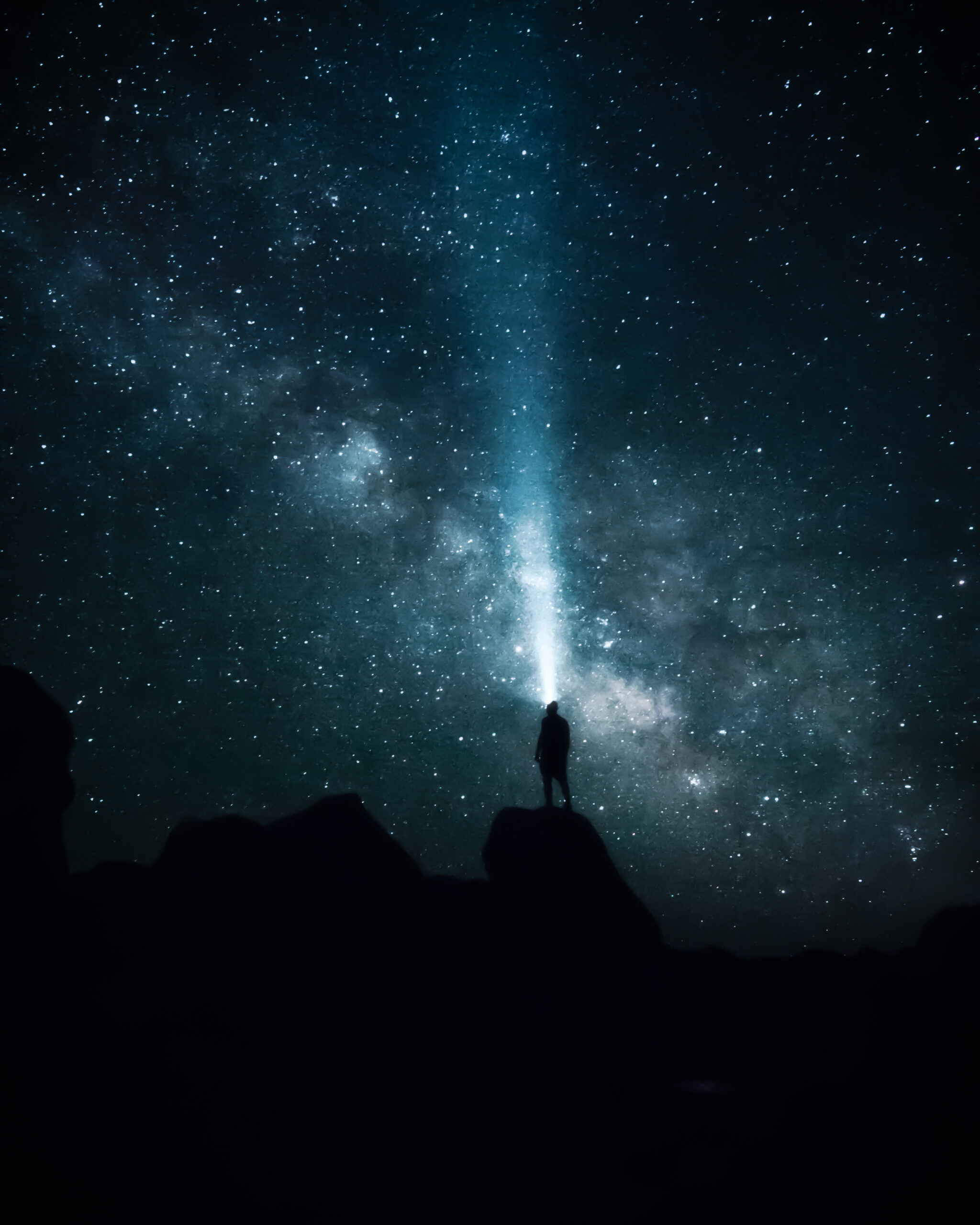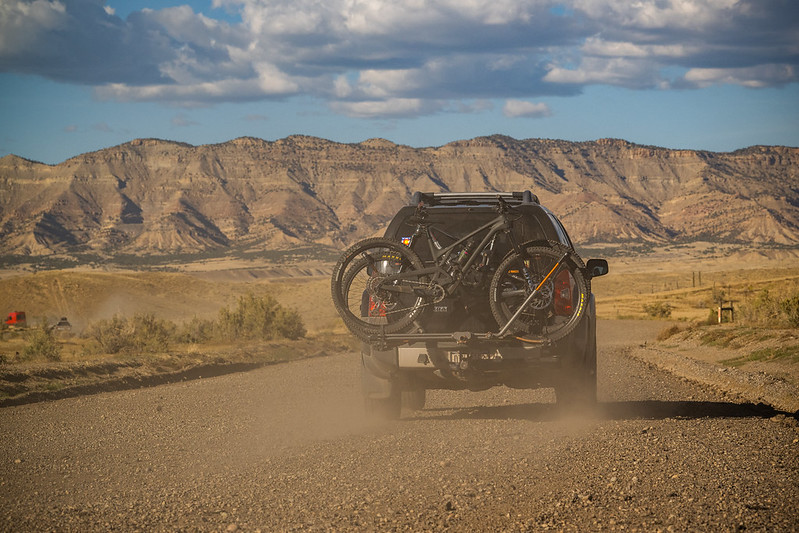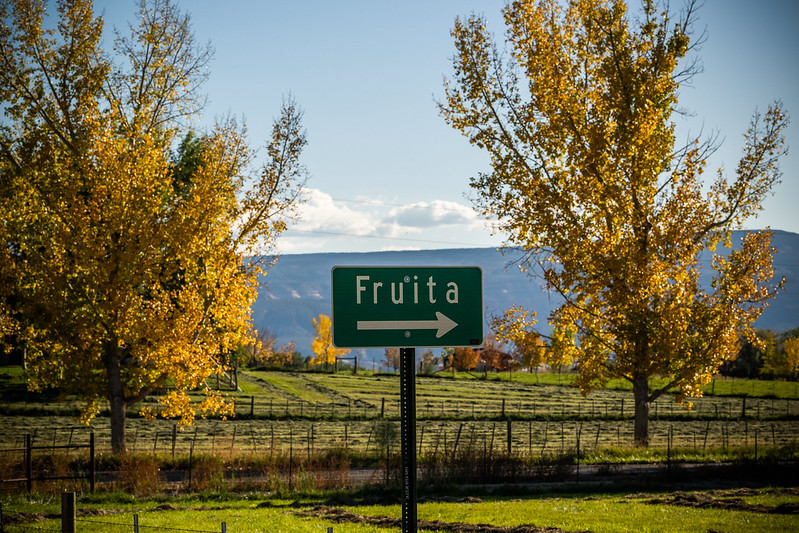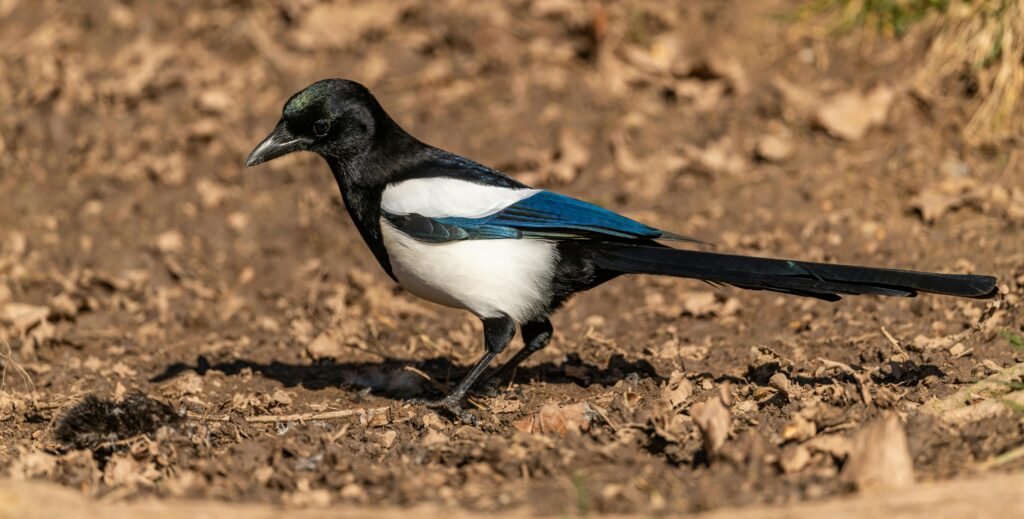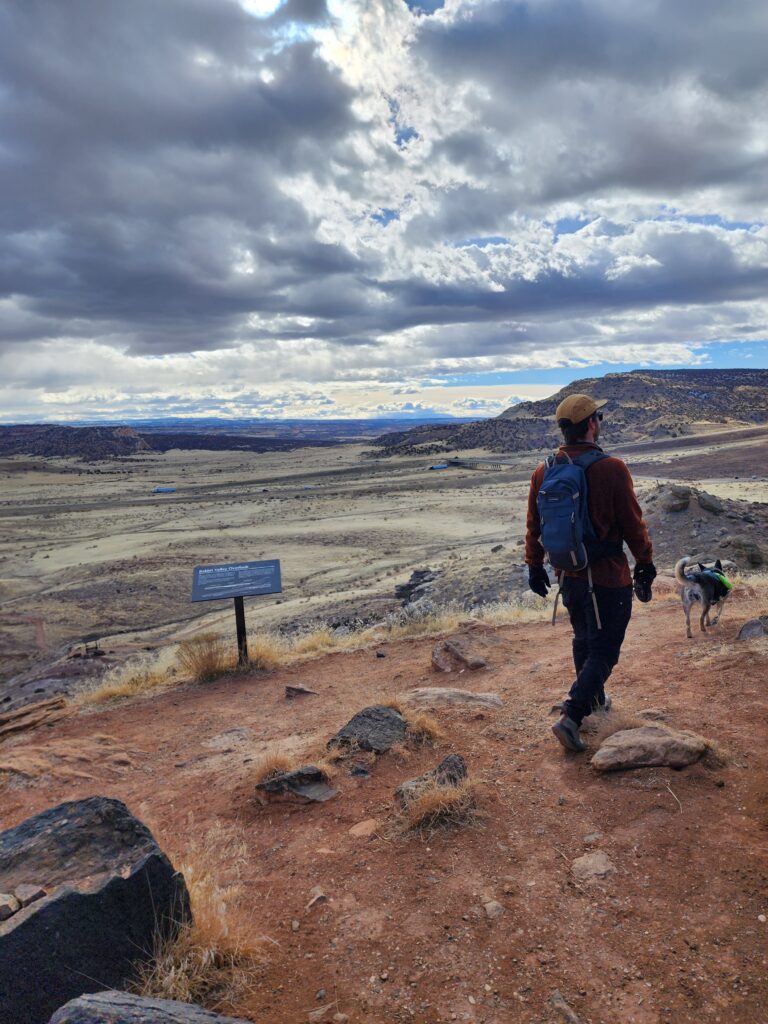Fruita, Colorado offers a prime location for stargazing enthusiasts. With its clear skies and its close proximity to public lands, Fruita provides an ideal canvas for observing celestial wonders throughout the year. Let’s delve into what constellations, planets, and astronomical phenomena grace the night skies of Fruita, month by month.
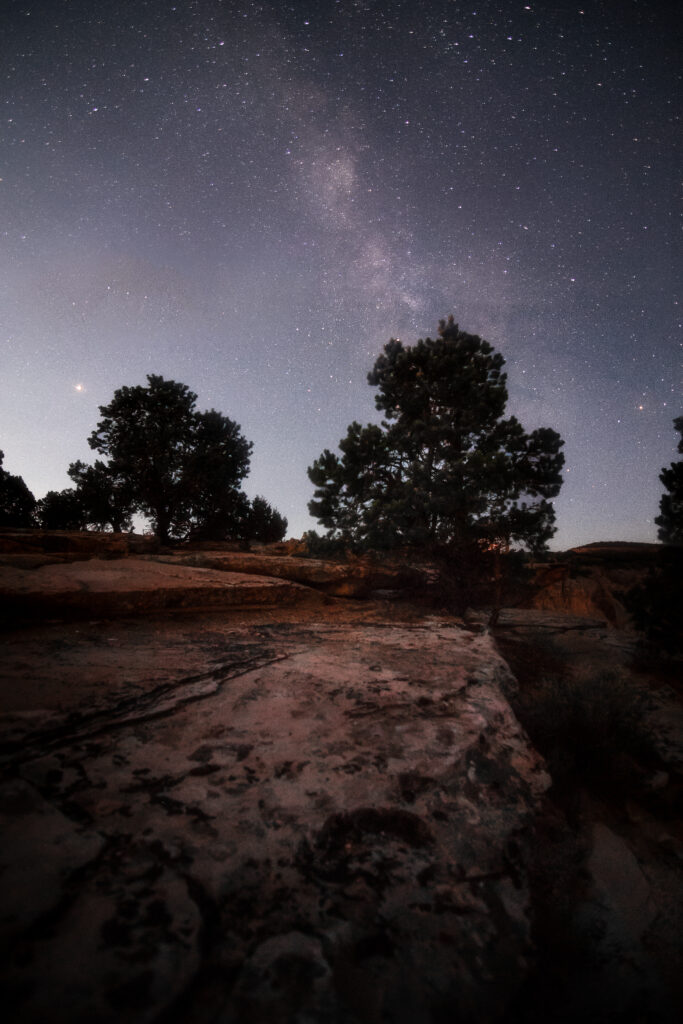
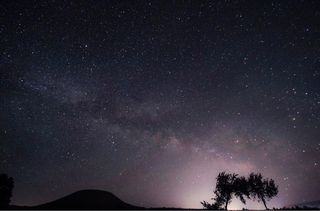
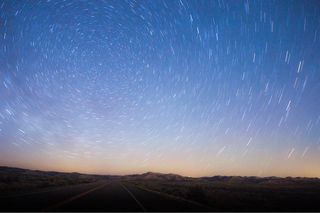
January – March
During the winter months, Fruita’s crisp nights unveil a myriad of celestial delights. Look to the southwest, where Orion, the mighty hunter, dominates the sky. Its bright stars, including Betelgeuse and Rigel, shine boldly against the dark backdrop. The planets Venus, Jupiter, Saturn, and Uranus can also be seen throughout these months, though using a Night Sky Map will help you to find out when they are the most visible.
April – June
As spring unfolds, Fruita’s night skies begin to showcase the grandeur of the Milky Way. Stretching across the sky like a luminous river, the Milky Way becomes increasingly prominent, especially during moonless nights. Keep an eye out for the constellation Scorpius, with its distinctive curved tail and bright red star, Antares. Mars, Jupiter, and Saturn make appearances during the spring as well. An app like SkyView provides a free way to locate celestial bodies, you just have to point your phone at the stars!
July – September
Summer brings optimal conditions for stargazing, with warm nights and clear skies aplenty. The Milky Way takes center stage, arching gracefully from horizon to horizon. Sagittarius, resembling a teapot, marks the heart of our galaxy and is a prominent feature during these months. Additionally, Jupiter and Saturn make their celestial debut, offering breathtaking views through telescopes. You can access or rent telescopes at Grand Mesa Observatory or Land’s End Observatory. The experts there can also give you a tour of the night sky.
October – December
As autumn brings fall colors and sweater weather, Fruita bids farewell to the Milky Way’s prominence, but fear not—plenty of celestial wonders still await. Look for the Pleiades, also known as the Seven Sisters, in the constellation Taurus. These sparkling stars, nestled within a dusty nebula, make for a captivating sight against the autumn sky. The winter months also boast the most planet sightings, as Mercury, Venus, Mars, Jupiter, Saturn, and Uranus all make appearances.
Best Places to Stargaze
Fruita boasts several excellent stargazing spots, thanks to its relatively low light pollution and expansive vistas.
Head to Colorado National Monument for unobstructed views of the night sky amidst stunning rock formations. Note that the proximity to the City of Grand Junction may cause visibility issues.
Viewers who want to go further out can explore the nearby Grand Mesa, a designated Dark Sky Park, for an immersive stargazing experience away from city lights.
Going up the Colorado National Monument to Glade Park will also give you the darkness necessary to experience the entire night sky and offer stunning views of many native pine species on the Western Slope of Colorado.
To camp out and enjoy the stars throughout the night, check out the North Fruita Desert, where adventure calls during the day and the nights are calm and soothing. The wildlife around the area is a bonus to the experience.
Photography Tips
Capturing the beauty of Fruita’s night sky requires a blend of technique and patience. Here are some tips to help you take stunning astrophotography shots:
1. Use a sturdy tripod: Stability is key when photographing the night sky. A sturdy tripod will minimize camera shake, resulting in sharper images.
2. Opt for a wide-angle lens: A wide-angle lens allows you to capture more of the night sky, including sprawling vistas and celestial phenomena like the Milky Way.
3. Shoot in manual mode: Take control of your camera settings by shooting in manual mode. Start with a wide aperture (f/2.8 or lower), a high ISO (1600-3200), and a relatively long exposure time (15-30 seconds).
4. Experiment with composition: Incorporate elements of the landscape, such as silhouetted trees or rock formations, to add depth and interest to your astrophotography shots.
5. Consider remote shutter release: To minimize camera shake, use a remote shutter release or the camera’s built-in timer to trigger the shutter without physically touching the camera.
By following these tips and venturing to Fruita’s prime stargazing locations, you’ll be well-equipped to capture the mesmerizing beauty of the night sky. Whether you’re a seasoned astrophotographer or a novice stargazer, Fruita offers an unparalleled celestial experience that will leave you in awe of the universe’s grandeur.

